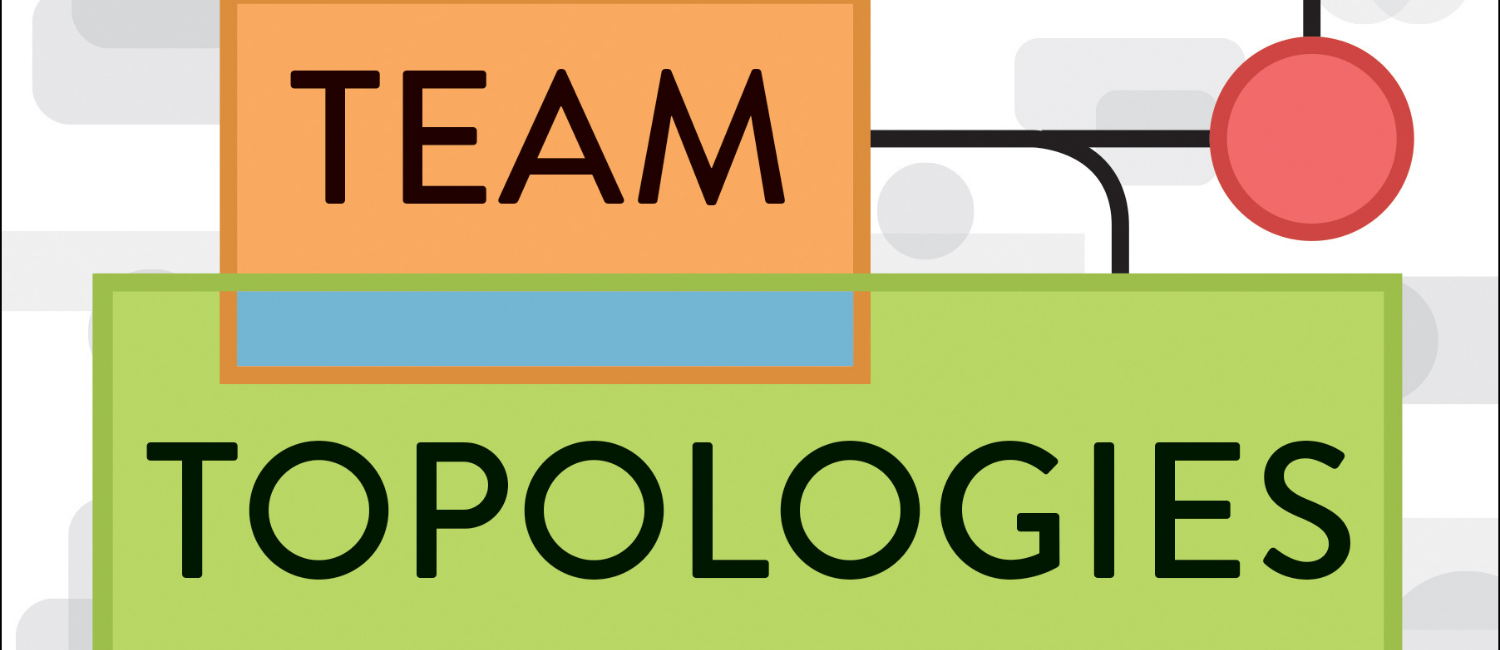Abstract
Based on the acclaimed book by Matthew Skelton and Manuel Pais, Team Topologies: Organizing Business and Technology Teams for Fast Flow, this live online training course introduces the key ideas of organization evolution and dynamics from Team Topologies in an accessible way.
We look at the key ideas in Team Topologies including: the 4 fundamental team types, the 3 team interaction modes, Conway’s Law, team cognitive load, software ‘fracture planes’, techniques for finding suitable stream boundaries, and basic organizational sensing.
This half-day training course with Manuel Pais provides an immersive experience, with a balanced set of lectures, case studies, and online exercises to test understanding.
Target Audience
This workshop is for a broad audience, from engineers, agile coaches, and software leaders to team leads, heads of departments, and CTO/CIO.
Anyone with a keen interest in team dynamics and improved flow of delivery will benefit from this session.
Regardless of your role in the organization, there will be actionable takeaways that you can apply immediately after the session whether that’s in your team, your department, or the entire organization.
Program
In this training course, we start by looking at what a “team-first” approach means (inside and outside the team) and why the Stream-aligned team in particular is fundamental to modern software delivery with fast flow.
We will learn about the three supporting team types: Enabling, Complicated subsystem, and Platform, and how these help to minimize cognitive load, especially when used with a “Thinnest Viable Platform”.
We will also see how this ecosystem of teams together with an understanding of constraints like Conway’s Law and Dunbar’s numbers are key to achieve organizations that can quickly adapt to new customer demands, market trends, and technology evolution.
Agenda
- Part 1: The team as a means of delivery
- Part 2: Organization designs that work for flow
- Part 3: Evolving the organization for innovation and delivery
- Part 4: Getting started with Team Topologies
Learning Objectives
- Understand why we need to move beyond “The Spotify Model” for effective organization design and clarify the importance of Stream-aligned teams
- Understand what is known as Conway’s Law – or “sociotechnical mirroring” – and how it’s both a hindrance and an opportunity for organizations
- Understand cognitive load as applied to software delivery and teams, especially “team cognitive load”
- Discover the many types of coupling present in software systems and software delivery processes and why coupling needs to be removed, not managed
- Understand how the supporting team types (Enabling, Complicated Subsystem, and Platform) and the three interaction modes (Collaboration, Facilitating, and X-as-a-Service) help organizations to sense when boundaries are misplaced or ineffective
- How to get started with a Team Topologies approach.
Why should you buy a ticket?
Join this course if you’ve ever asked yourself any of these questions:
- Agile talks about autonomous teams all the time but what does autonomy really mean? How do we promote autonomy without chaos?
- What should be the responsibilities of a product team? And why?
- Why is the delivery of software so slow at times with all the tooling available to teams?
- Why are some teams demotivated and close to burn out so frequently? What can I do to change that?
- How and when should my team interact with other teams? Why is it painful sometimes? What can I do about it?
- I’ve never seen a large reorg or transformation with truly a major positive impact on the productivity and motivation of teams. How come?
Expect to get your hands dirty – How does it work
This half-day training provides an immersive experience, with a balanced set of lectures, case studies, and online exercises to test understanding.
We will meet in a virtual classroom and use video call and screen sharing software for the lectures. We will use breakout rooms and Miro for exercises in small groups, and online polls to quickly make sure everyone is on the same page.
Parts 1 to 3 will include online polls and group exercises. Every part will begin with a lecture to explain the concepts. Discussions and questions are encouraged.
The workshop will happen online and in live streaming: the trainer and all other participants will be in a video conference. You’ll be interacting and working together in real-time thanks to a variety of tools you’ll have at your disposal.
We kindly ask that all participants keep their webcam on for the whole duration of the workshop: this will enhance the quality of the communication and of the workshop as a whole.

